A unified platform connecting service providers.
Direct integration with over 130 shipping companies, fulfillment centers, and operational apps through a single dashboard.
Track your shipment from any shipping companies, all in one Platform
A unified page to track over 1 million monthly shipments from 130 connected shipping companies, fulfillment centers.
Train yourself with Fastcoo academy for free
A free training platform built on operational experiences from over 130 companies from demo, training till you will be LIVE.
Run your logistics with zero tech costs.
Fully free systems for shipping companies, fulfillment centers, and online stores — in exchange for using our partner network.
Professional consulting to build or manage your logistics
We map the strategy, define the structure, train your team, and monitor performance until your growth
Fastcoo Store – All your logistics tools in one place
From packaging, Material, Tools, to delivery devices… everything is ready for your warehouses from A to Z.
Getting paid just got easier.
Fastcoo Pay connects your drivers to smart payment options that simplify collection and speed up transfers.
Logistics systems tailored to your operations.
Manage shipping, warehousing, operations, and tracking with high-speed execution — fully integrated with local and global platforms.
For small merchants: Create, pay, and drop off by yourself.
An intelligent chatbot generates the waybill, requests payment, and guides you to the nearest branch or locker — all in just 60 seconds.
Your delivery agents, ready for you at anytime
Agents integrated with your systems to support growth and flexible operations, more than 1000+ drivers registered.
Real results delivered by our systems.
We don’t just make promises — we deliver tangible results: Double the execution speed, significant cost reduction, revenue growth, and increased team productivity.
70% reduction in operational costs.
Full control over resources and reduced reliance on manual labor.
80% revenue growth
Improved customer satisfaction and streamlined operations led to a direct increase in profits.
3X Faster
Enhanced order processing speed and an 80% reduction in delivery time.
85% increase in productivity
Automated workflows and intelligent task distribution boost team efficiency.

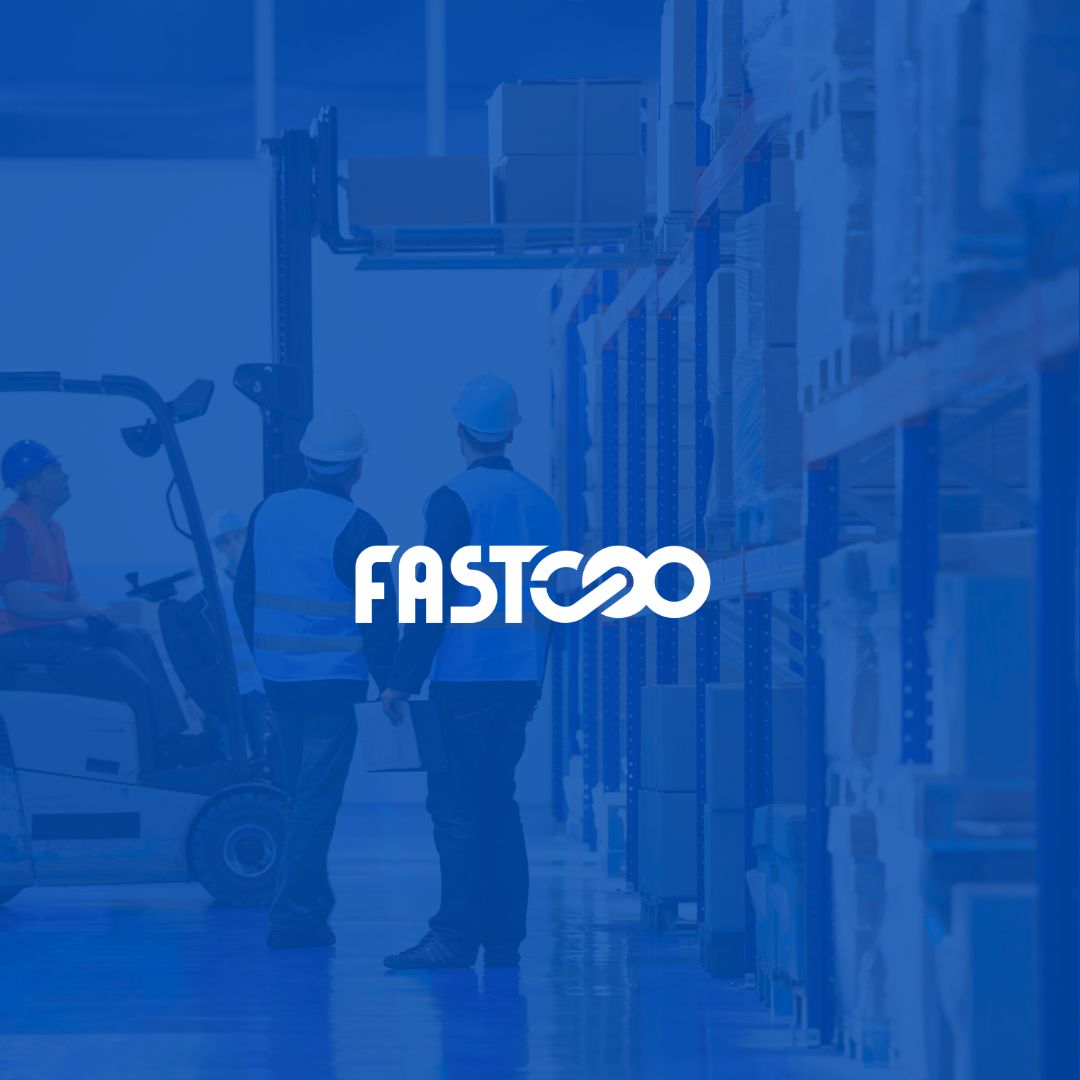
One platform bringing together everything you need to manage orders, storage, delivery, tracking, and store integration — whether you’re a merchant, shipping company, or fulfillment center.


Free systems connected to a powerful network of logistics service providers.
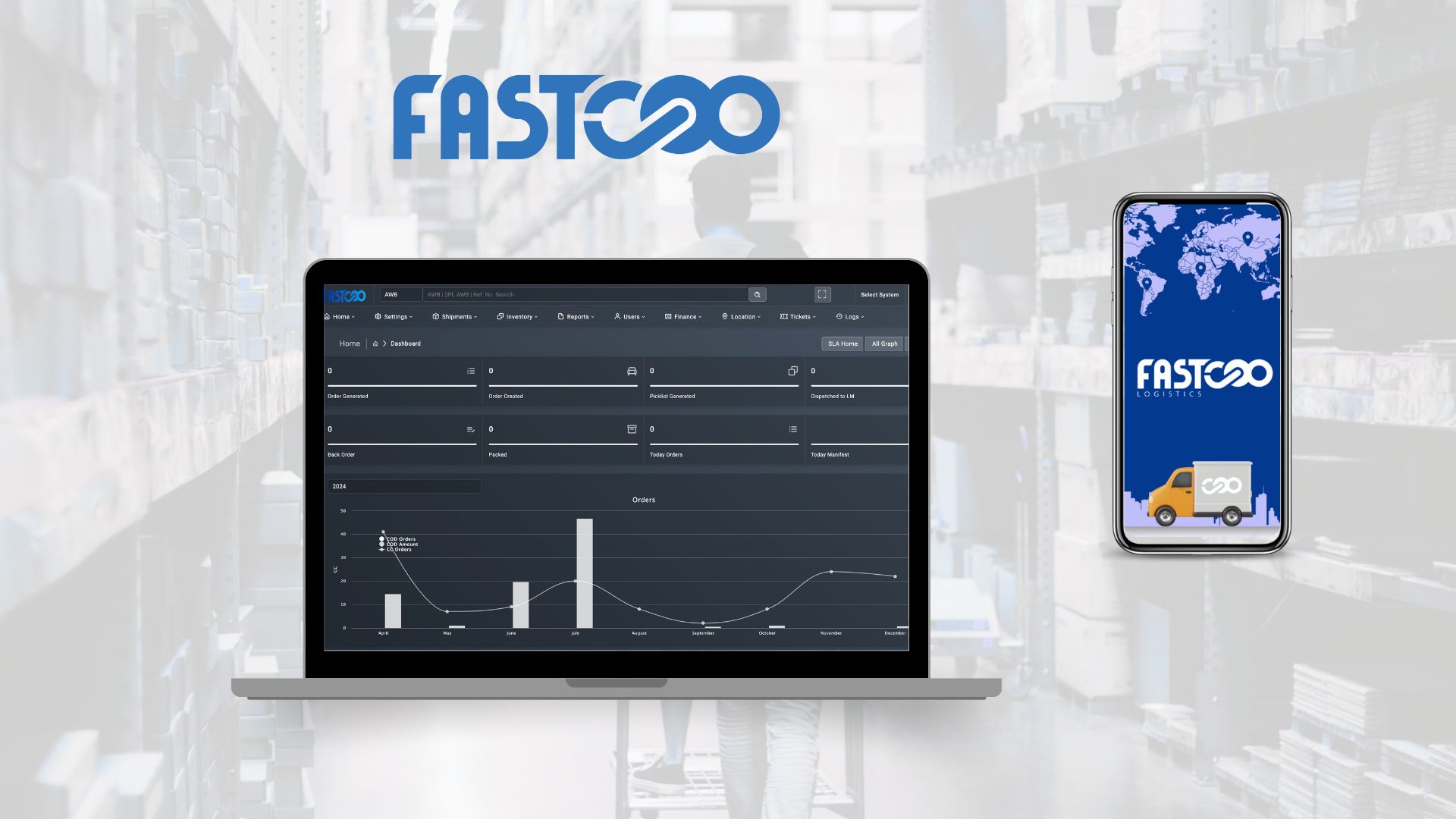


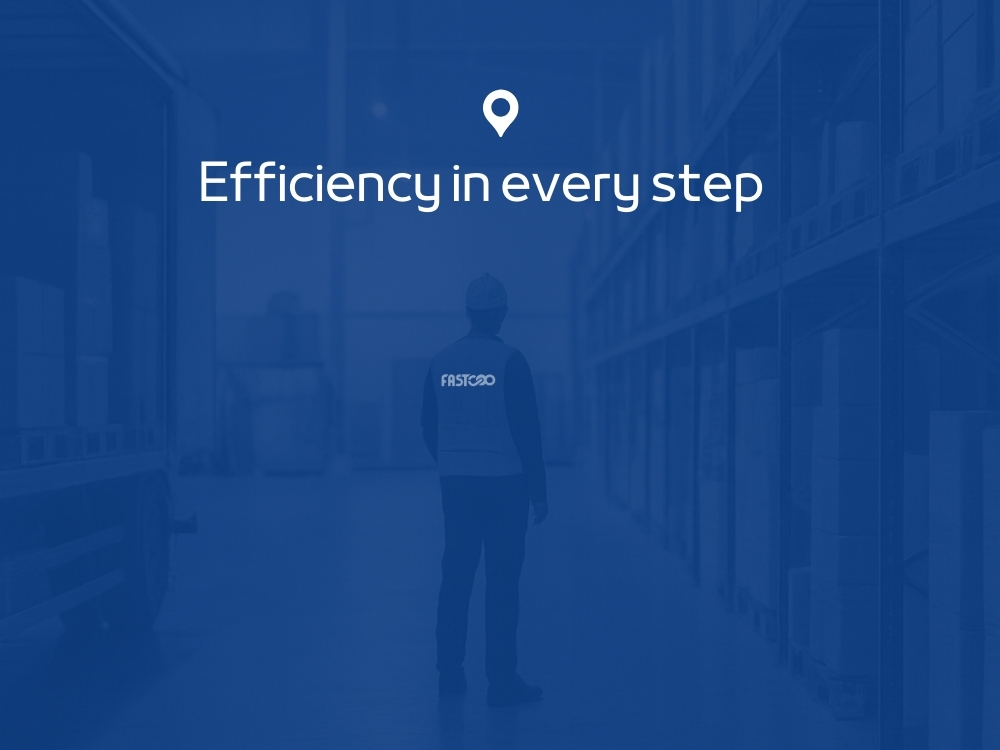
Fastcoo system monitors order data, driver activity, and inventory in real-time, triggering automatic alerts when a potential issue is detected — before it turns into a real problem.


Our systems are designed to serve both small merchants and large enterprises with equal efficiency.
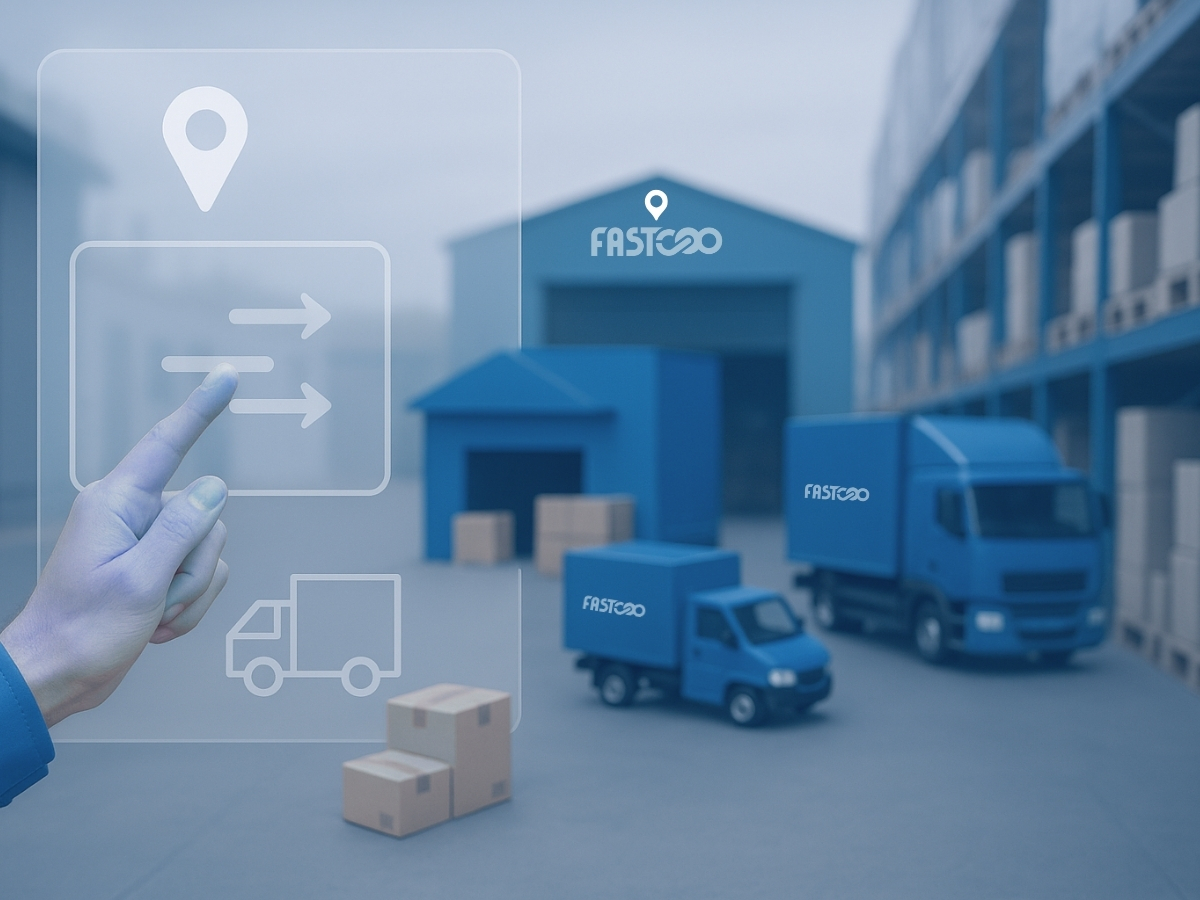


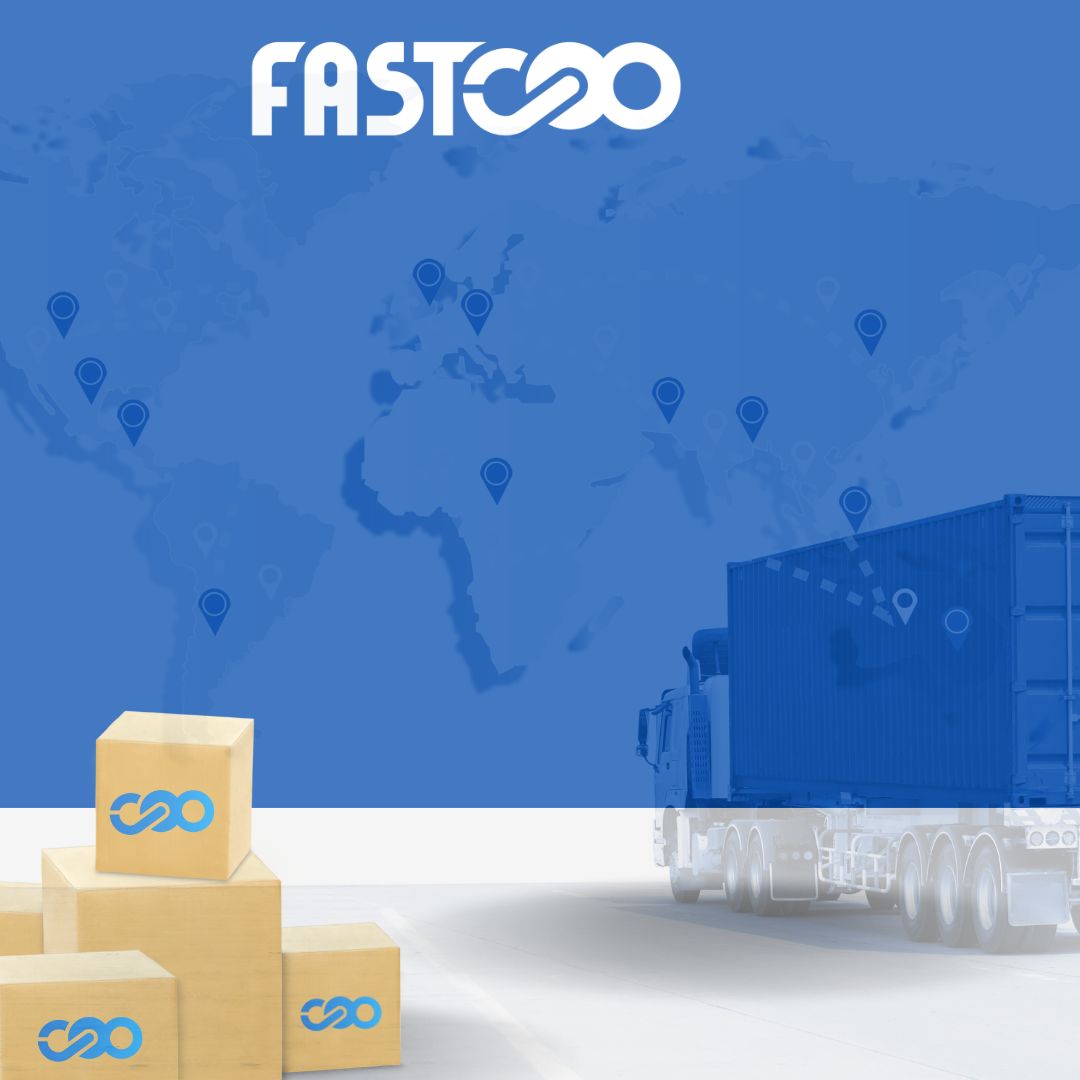
A live map within the system shows each agent’s location, execution time, and delivery points.


Inventory quantities are updated instantly after every inbound or outbound movement — with no delays.
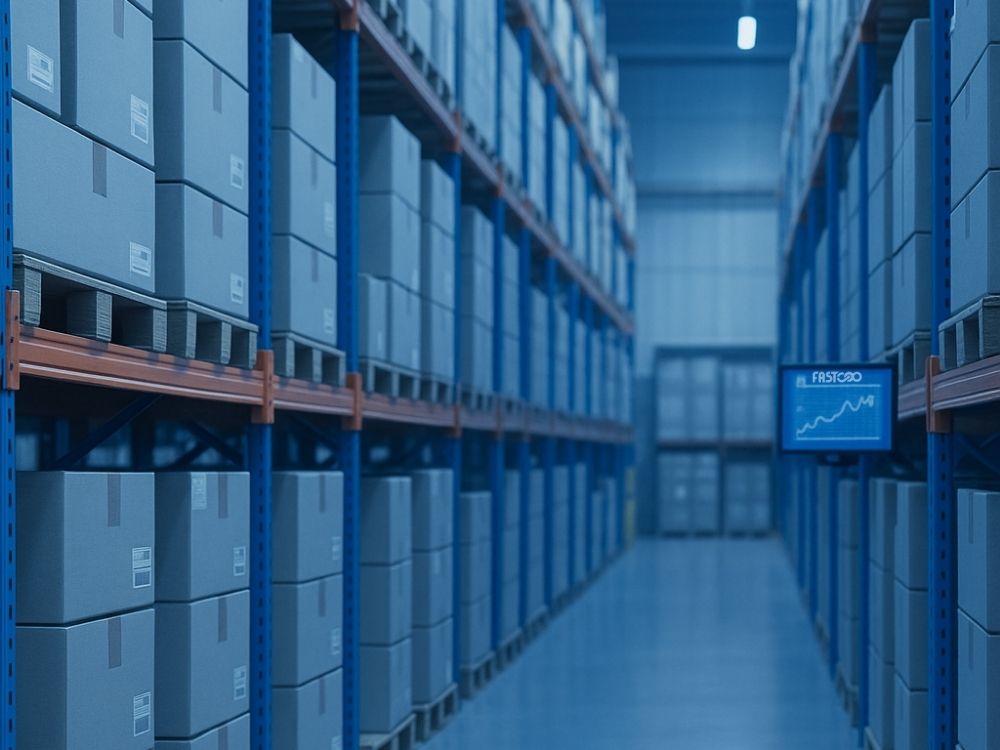














Shipping Companies.
Fulfillment companies.
E-Commerce.
Last-mile service providers
Small business owners.
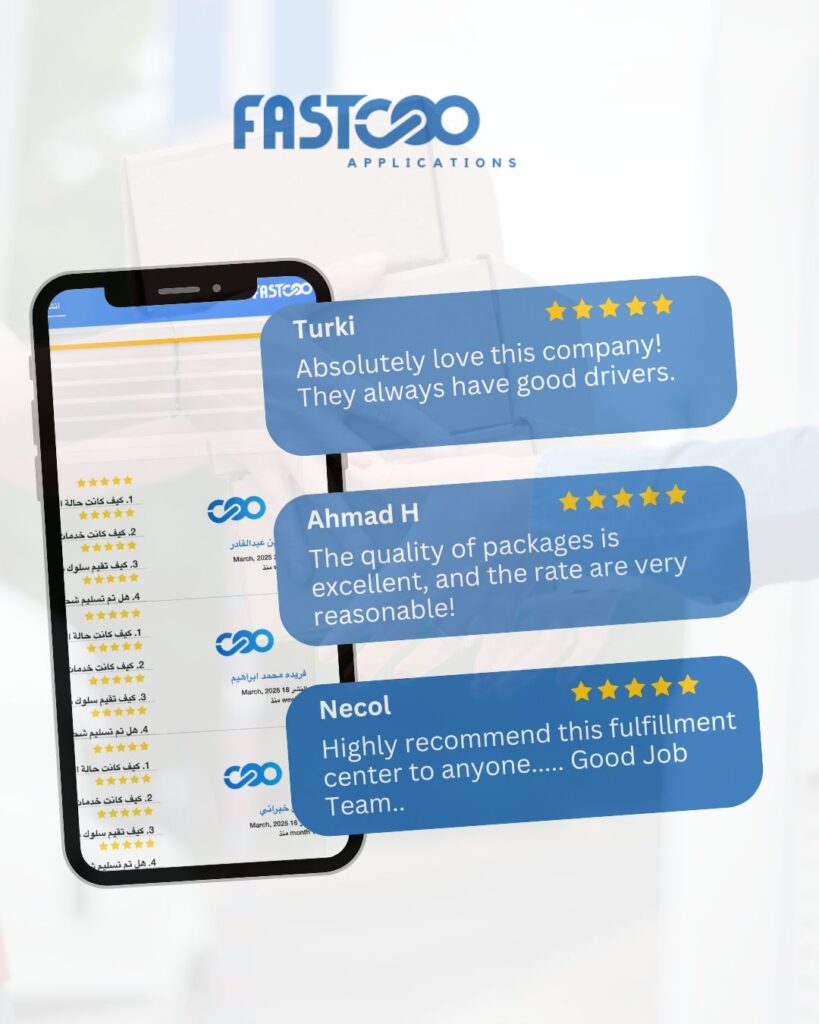



| Integrated, free-to-use operating systems |
| Real operations on the ground, not just programming |
| Ready to operate today, no complexity |
| Real operational expertise and consulting support |
| Technical & logistics support, 24/7 |
| A flexible model that supports everyone |
| Knowledge transfer, not just a tool |
A unified system for order management, warehousing, shipping, and delivery — built for speed, accuracy, and scalability.
